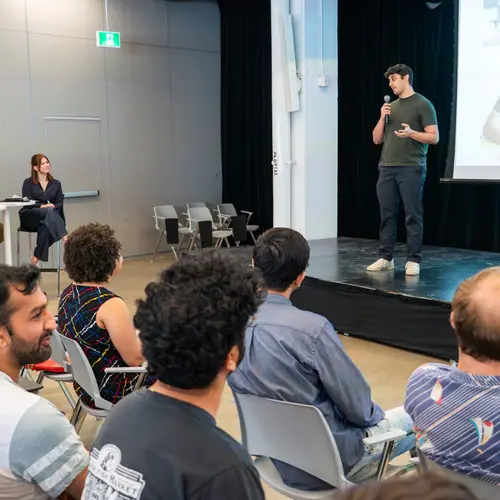
Kanika Madan
PhD - Université de Montréal
Supervisor
Research Topics
Deep Learning
Generative Models
GFlowNets
Meta-Learning
Natural Language Processing
Out-of-Distribution (OOD) Generalization
Reinforcement Learning
Representation Learning


